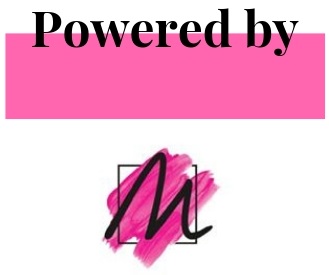More and more people are starting to explore the world by travelling to its hidden gems ranging from Asia and Australia to Africa and Antarctica.
But, once on foreign soil, many find themselves confused by the health rules regarding safe drinking water. And for good reason.
Despite advances in global sanitation, there are 187 countries in the world where tap water is deemed unsafe or unpalatable for tourists. Getting it wrong could mean a string of grim and potentially-fatal infections.
Fortunately, holiday company Globehunters have designed an infographic based on official guidance from the Centers for Disease Control.
The easy-to-read guide makes clear the distinction between safe and risky locations with a colour-coded map and definitive list of destinations.
Unsurprisingly, tap water is safest in the developed world, including: UK, Canada, Australia, New Zealand, Northern and, Western Europe, the US and Japan.
Conversely, places such as Central America, Africa, Asia and, the Middle East are deemed high-risk.
That said, just because a country is included on the ‘unsafe’ list doesn’t necessarily mean their tap water is dirty – rather, it could just be unsuitable for visitors.
This means that travelers could get ill because the pathogens in the water are foreign to their immune systems, not because what they drink is infected with faeces.
However, the dangers remain pronounced. According to the World Health Organisation, some 842,000 people are estimated to die each year from diarrhoea as a result of unsafe drinking-water, sanitation and, hand hygiene.
They add that contaminated water and poor sanitation are linked to transmission of diseases such as cholera, diarrhoea, dysentery, hepatitis A, typhoid, and polio.
Health costs associated with waterborne diseases and worm infections represent more than one third of the income of poor households in sub-Saharan Africa.
UN Water add that a person without access to improved drinking water is forced to rely on sources such as surface water, unprotected and possibly contaminated wells, or vendors selling water ‘of unverifiable provenance and quality.’
-Daily Mail





